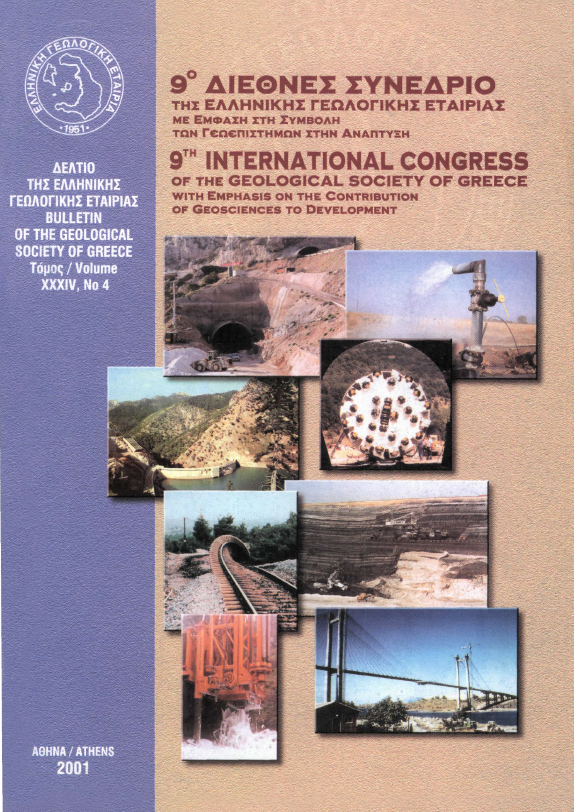An alternative Bayesian statistics for probabilistic earthquake prediction in Mexico, Central and South America

Abstract
The probabilities of occurrence of strong (M>6.5) earthquakes, in the seismically active regions of Mexico, central and south America, are estimated. The straightforward approach of Bayes statistics is applied in order to search for the inter-arrival times of strong earthquakes in predefined seismic zones of the above referred regions. The method introduced allows to determine the uncertainties involved, which are expressed as percentages of the earthquake mean return period. The determination in this way is very efficient because one may calculate uncertainties on the same time scale. It is also shown that the final maximum Bayesian probabilities of the inter-arrival times in the several seismic zones are dependent on the data set used and particularly on its time length. Comparisons between the predicted and the real time of earthquake occurrences are finally made in order to evaluate the correlation between them.
Article Details
- How to Cite
-
GALANIS, O. C., TSAPANOS, T. M., PAPADOPOULOS, G. A., & KIRATZI, A. A. (2001). An alternative Bayesian statistics for probabilistic earthquake prediction in Mexico, Central and South America. Bulletin of the Geological Society of Greece, 34(4), 1485–1491. https://doi.org/10.12681/bgsg.17247
- Section
- Seismology

This work is licensed under a Creative Commons Attribution-NonCommercial 4.0 International License.
Authors who publish with this journal agree to the following terms:
Authors retain copyright and grant the journal right of first publication with the work simultaneously licensed under a Creative Commons Attribution Non-Commercial License that allows others to share the work with an acknowledgement of the work's authorship and initial publication in this journal.
Authors are able to enter into separate, additional contractual arrangements for the non-exclusive distribution of the journal's published version of the work (e.g. post it to an institutional repository or publish it in a book), with an acknowledgement of its initial publication in this journal. Authors are permitted and encouraged to post their work online (preferably in institutional repositories or on their website) prior to and during the submission process, as it can lead to productive exchanges, as well as earlier and greater citation of published work.




